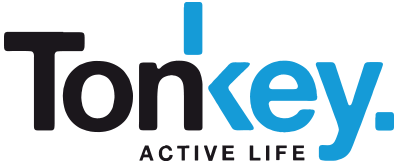Core Stability
Your core consists of 4 layers of muscles.
The deepest layer is called the INTERNAL UNIT and is cylindric in shape:
– the diaphragm makes up the upper part
– the pelvis floor makes up the base
– the transversus makes up the front
– the multifidus makes up the back
THE EXTERNAL UNIT consists mostly of:
– internal and external obliques
– rectus abdominis
– erector spinae
– latissimus dorsi
– gluteus maximus

The posterior oblique system of the external unit includes the latissimus dorsi, the gluteus maximus and the portion of the thoracodorsal fascia that intervenes in the movement.

The anterior oblique system includes the external and internal obliques, the contralateral thigh adductors and the anterior abdominal fascia that intervenes in the movement.

The lateral system consists of the medium and small gluteus and the contralateral thigh adductors.

Synchronic and simultaneous contraction of the diaphragm, of the muscles of the pelvic floor, of the transversus abdominis and of the multifidus, together with the rectus abdominis (external unit) and with the obliques (external unit), determines an increase in intra-abdominal pressure, “building” a rigid cylinder around which the limbs move.
The synchronic contraction of the muscles of the internal and external units results in efficient stabilisation.
CORE STABILITY is the ability to control the variations of position of the trunk in relation to the pelvis to optimise the production, the control and the transfer of strength from the centre to the periphery and vice versa.
STABILITY is what has helped us stand up and remain erect, and its seat is the CORE. We may lose our primitive stability on occasion, which might trigger a chain of reactions that generate dysfunctions, unbalances and compensations.
It is therefore crucial to keep in mind the operative principles of our stability, such as balance and dynamic postural alignment, remembering therefore to train…
…fundamental motor schemes first, before sports-specific ones
…first the core and then the limbs
…first with your own body weight and then with external resistance
…first stability, then mobility
…spiral, diagonal, front-to-back, side-to-side and rotational movements
The CORE STABILITY AND FUNCTIONAL STRENGTH by Ledragomma Original “Pezzi”® is a complete equipment kit that allows for constant stimulation of the fundamental motor schemes, before sport-specific schemes. Useful for low-profile athletes and indispensable for high-level athletes. The special harnesses used and the load modulation made possible thanks to the use of different volumes (litres) provide this equipment with significant versatility. The DVD with the exercises is the result of a long experience in this specific sector and opens a door onto a landscape in which users can use their own fantasy and follow their own needs to create a unique, personal pathway.
Prof. Roberto Peressutti
Part of the text was extracted from the graduation thesis for Motor Sciences “Core stability and training”, with the authorization of candidate Dr. Elvio Alvaro and of rapporteur Prof. Luca Trucchi – Turin (Italy) University.
